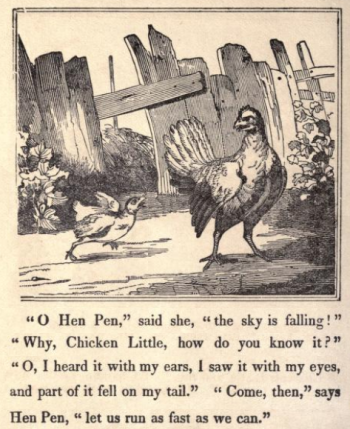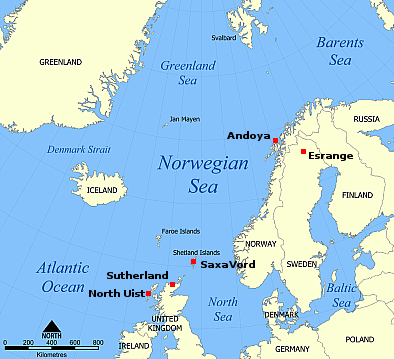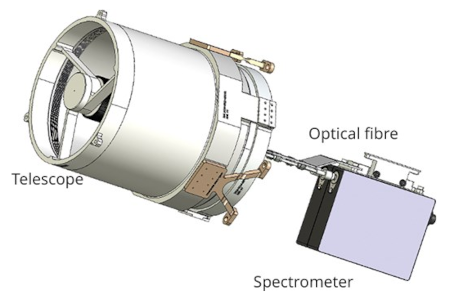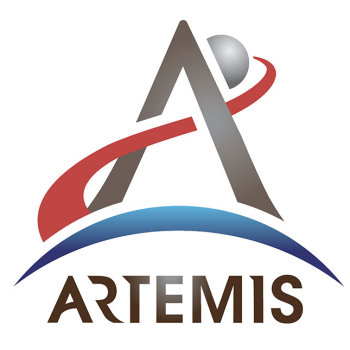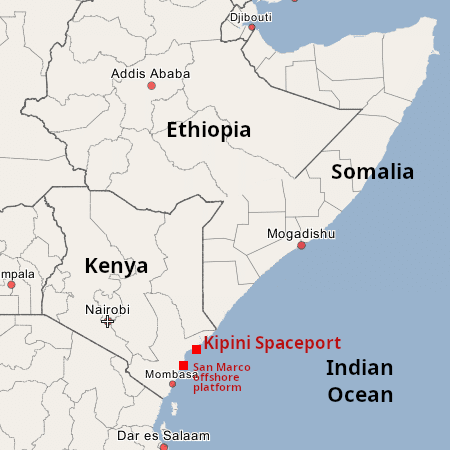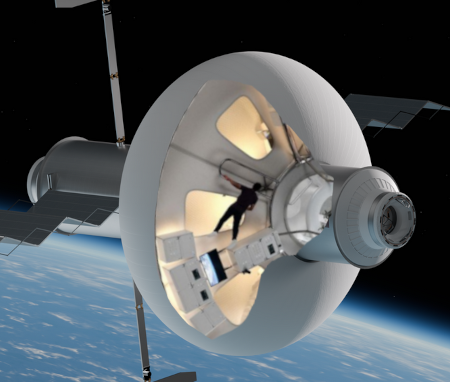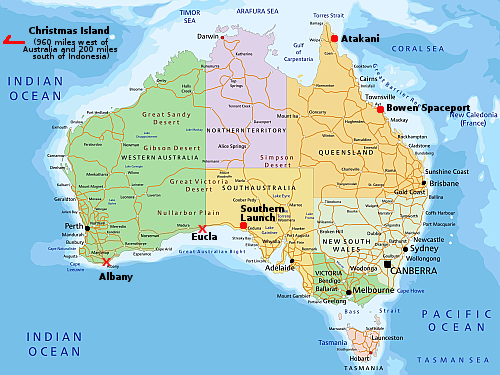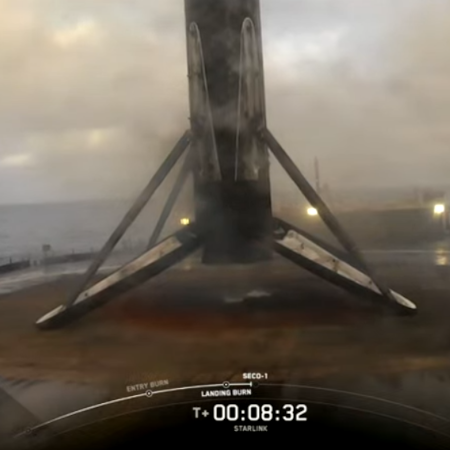Tory Bruno resigns as CEO of United Launch Alliance
According a brief announcement today from Robert Lightfoot (ULA Lockheed Martin Board Chair) and Kay Sears (ULA Boeing Board Chair), Tory Bruno has resigned as CEO and president of United Launch Alliance, effective immediately.
After nearly 12 years leading United Launch Alliance (ULA), current ULA President and CEO Tory Bruno has resigned to pursue another opportunity.
We are grateful for Tory’s service to ULA and the country, and we thank him for his leadership.
Effective immediately, John Elbon is named as the Interim CEO. We have the greatest confidence in John to continue strengthening ULA’s momentum while the board proceeds with finding the next leader of ULA. Together with Mark Peller, the new COO, John’s career in aerospace and his launch expertise is an asset for ULA and its customers, especially for achieving key upcoming Vulcan milestones.
No further information was provided.
The timing is intriguing, as after a decade of effort, Bruno was about to get ULA’s new Vulcan rocket launching on a regular basis. I could speculate, but at the moment there isn’t enough information to make even a good guess.
Hat tip to reader Gary.
According a brief announcement today from Robert Lightfoot (ULA Lockheed Martin Board Chair) and Kay Sears (ULA Boeing Board Chair), Tory Bruno has resigned as CEO and president of United Launch Alliance, effective immediately.
After nearly 12 years leading United Launch Alliance (ULA), current ULA President and CEO Tory Bruno has resigned to pursue another opportunity.
We are grateful for Tory’s service to ULA and the country, and we thank him for his leadership.
Effective immediately, John Elbon is named as the Interim CEO. We have the greatest confidence in John to continue strengthening ULA’s momentum while the board proceeds with finding the next leader of ULA. Together with Mark Peller, the new COO, John’s career in aerospace and his launch expertise is an asset for ULA and its customers, especially for achieving key upcoming Vulcan milestones.
No further information was provided.
The timing is intriguing, as after a decade of effort, Bruno was about to get ULA’s new Vulcan rocket launching on a regular basis. I could speculate, but at the moment there isn’t enough information to make even a good guess.
Hat tip to reader Gary.

